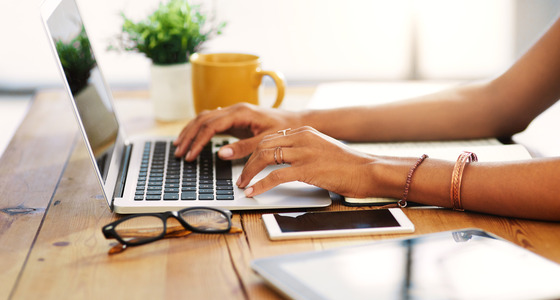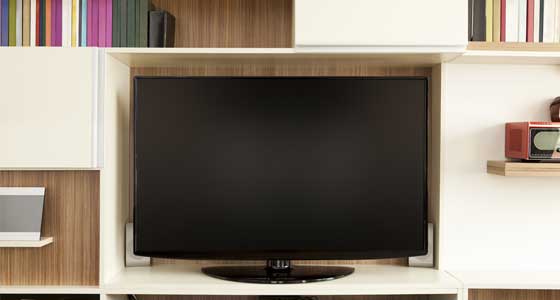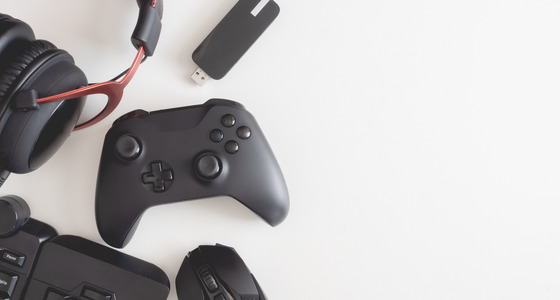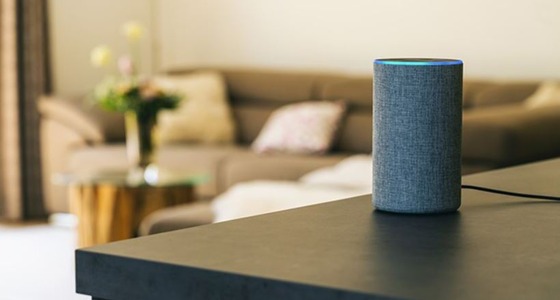Home electronics and energy-efficiency
If you want to enjoy more digital entertainment, but you also want to be more energy efficient, here's what you need to know about the different devices available.
On this page:
Desktop computers
Did you know that desktop computers are not far behind lighting and heating in their energy use? You can operate your desktop computer more efficiently by enabling power-saving settings and choosing ENERGY STAR® computer and monitor models.
For simple tasks like browsing the internet, streaming content, or making a video call, try using a tablet instead.
Use power-saving settings
A computer's energy-saving setting helps reduce the amount of electricity your computer consumes, especially when it's not in use. Among other features, the computer screen will dim with inactivity, or go to sleep when left idle. The darker screen and sleep setting will use less energy, which will help you save on your electricity bill.
On a PC, this feature can typically be found in the Windows control panel under system settings. On a Mac computer, navigate to the energy savings settings from system preferences.
Consider monitor size
When choosing monitors keep in mind that the larger they are, the more energy they'll use. A 17-inch monitor uses 30% more energy than a 15-inch monitor.
Laptops
Laptops and electronic notebooks are designed to use less power than desktop computers because of their size and portability. Turn on power-saving settings to help lower their electricity use even more.
Tablets
Tablets are great multitasking devices – more portable than a laptop, more mobile than a TV, and more interactive than a game console. And, it turns out, much more energy efficient than any of them.
Here's how much energy each of those devices use:
- Laptop:Twice as much as a tablet.
- Desktop computer: Six times as much as a tablet.
- LED TV: 11 times as much as a tablet.
- Game console plus TV: 51 times as much as a tablet.
Benefits of using tablets
Let's look at the benefits of using a tablet compared to other devices for a few common activities.
Video calls
Video calling on a tablet uses half the energy of video calling on a laptop. Other benefits:
- The camera on a tablet is better than on a laptop.
- The microphone on a tablet is better than on a laptop.
- It’s much easier to move around while you’re chatting.
Watching a movie
Watching a movie on a tablet uses 11 times less energy than watching a movie on a TV. Other benefits:
- You can carry a tablet around the house.
- You can enjoy a similar relative picture size (holding a tablet in your hand is similar to sitting in front of a TV).
- Nobody will ask you to change the channel.
Following a recipe
Following a recipe on a tablet uses half the energy of following a recipe on a laptop. Other benefits:
- Ingredient and instruction text is typically larger and easier to zoom into on a tablet.
- It's easier to wipe a tablet screen clean than to clean a laptop keyboard.
- It's easier to scroll through a recipe on tablet than on a keyboard.
Gaming
Gaming on a tablet uses 51 times less energy than gaming on a console and TV. Other benefits:
- Allows kids to stay entertained on long drives or in restaurants.
- Everything is built-in, rather than having to find separate game discs or controllers.
Making notes
Making notes on a tablet uses half the energy of making notes on your laptop. Other benefits:
- You can write notes with a stylus pen on a tablet.
- You can draw and record sound and video on a tablet.
- If you'd still rather use a keyboard, you can add or remove one as needed.
Look for the ENERGY STAR
If you’re in the market for a new computer or laptop, check for the ENERGY STAR rating. These models can use 30% to 60% less energy than conventional models depending on how they're used.
Advanced power strips
To reduce standby power use, consider using an advanced power strip, which does what traditional power bars can't. It switches off power to devices when they’re not in use, and through the use of different types of outlets, can switch off some components while others that need continuous power, like your modem, stay on.
Some models of advanced power strips will protect your equipment from damage in the event of a power surge, and have other features like timers.



